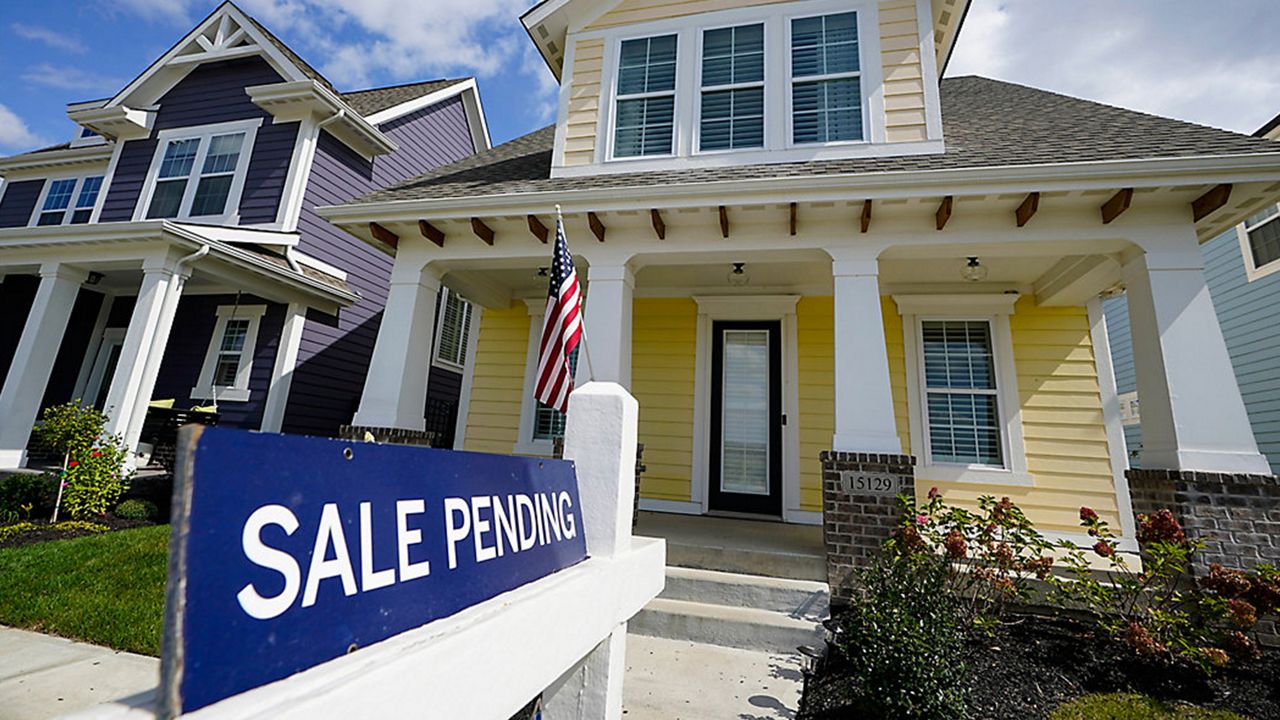Juliana Boselli-Neves of the Orlando Regional Realtor Association calls it the “exodus from the Northeast.”
What You Need To Know
- Real estate agents in Central Florida,Tampa Bay say pandemic continues to drive homebuying
- New data from Orlando Regional Realtor Association shows inventory down 50% in February vs. last year
- Report mirrors that of Tampa, St. Pete, Clearwater, where inventory in January dropped almost 60% on year
Ellie Lambert of Greater Tampa Realtors observes that “folks are just flooding in here on a daily basis.”
They continue to see the same result: high housing demand, low supplies, increasing prices, and multiple offers for the same home.
The coronavirus pandemic remains a contributor to the phenomenon, as people working from home in often-brutal northern climates escape to Central Florida and Tampa Bay.
People no longer tied to an office, at least for now, find themselves asking, “Why not come to the Sunshine State and have a pool, a backyard?” Boselli-Neves, secretary of the Orlando Regional Realtor Association, told Spectrum News last week.
The Orlando association on Monday released February data that underscores the increasing market tightness.
The report showed inventory down 50% to 3,420 homes, from 6,825 homes in February 2020 — and the fewest homes for sale in the Orlando area in more than 15 years, the association said.
The February report also showed that:
- the median sales price grew 12% from February 2020 to $280,000;
- the number of new listings decreased 15% from 3,924 homes in February 2020 to 3,322 homes;
- and listings spent an average of 52 days on the market until contract, a drop of 10% from February 2020.
It remains a seller’s market, all right, but real estate agents emphasize the effects of interest rates, which remain low even as they edge upward.
“I see a very positive market right now,” Boselli-Neves said. “Sellers are happy because properties are sold at amazing prices in record time, and buyers are very happy because a lot of them are getting out of small properties (and) going to a beautiful house with a pool where they have an office and can work from home.”
Boselli-Neves said home offices remain in demand and that some buyers are looking to convert extra bedrooms into office space.
The data and sentiment from Central Florida mirror that of Tampa Bay.
Inventory of single-family homes in January for the market of Tampa, St. Petersburg, and Clearwater dropped almost 60% on the year, according to Greater Tampa Realtors. At the same time, the median sales price increased more than 15%.
Agents attribute that in part to homebuyers arriving from states including New York, New Jersey, Tennessee, and even California, said Lambert, president of Greater Tampa Realtors.
“Since many folks have been working from home,” she said, “I think many of the companies don’t know where they are. They just know they’re remote-working.”
And now in Florida.
Lambert told Spectrum News during the last week of February that the association saw about 4,100 active listings that week — roughly one home for every 3.5 of its 14,000 real estate agents.
“It’s very competitive right now,” she said. “Everybody wants to try to schedule to get in to see those listings. But we’re seeing multiple-offer situations with that.”
Some homeowners find the prices so attractive that they consider selling their homes and renting until the market settles, Lambert said.
“They want to capitalize on getting the most for their property,” she said, “but they're not always wanting to commit to something new, because they say, ‘Where would I go and get what I want and not have to pay and arm and a leg?’”
Yet for some buyers, low interest rates continue to make a difference. Boselli-Neves of the Orlando Regional Realtor Association said the rates present an opportunity for renters to buy.
“This is such an amazing opportunity for sellers and buyers,” she said. “We’re riding this amazing wave at this point.”



